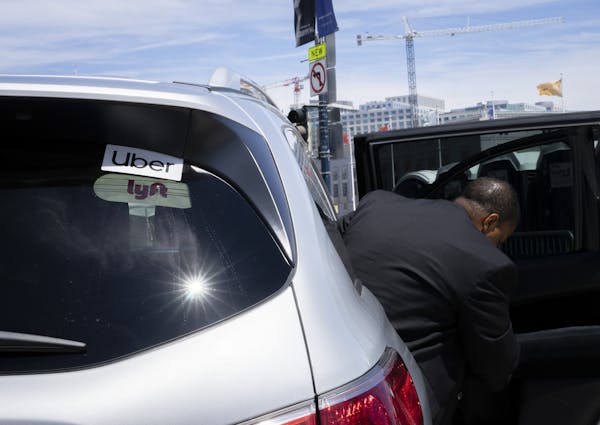After fourth quarter profits came in well below expectations, officials at Polaris Inc. said they will return to a lean manufacturing focus and take other steps to drive down costs and improve the company's profit margins.
Polaris on Tuesday reported fourth quarter profits fell 47% year over year and revenue was off 5% in what Chief Executive Mike Speetzen said was a "complicated environment."
To get through the COVID-19 pandemic and deal with the supply chain challenges directly afterward, the Medina-based company had to make some expensive changes to production and inventory. Demand for products had spiked during the pandemic, and it had to get more vehicles to dealers.
The company created rework lines to finish the snowmobiles, all-terrain vehicles and boats as parts arrived. It increased orders to boost parts inventories. Inflation further increased supply costs.
Now, Speetzen and other executives say the company must continue to adjust now that its past the crisis and in a more stabilized situation.
"We did not achieve the efficiencies we planned, which resulted in margin pressure throughout the year," he said. "It's important to note that operational costs did start to improve later in the year, but not to the level we had expected them to."
Gross profit margins were down for each segment during the quarter, with an overall 300 basis point decrease year over year. Beyond production costs, fourth quarter margins were affected by a $23 million increase in warranty costs, higher promotional costs and interest expense on elevated inventory.
Through the supply chain challenges Polaris relied on rework lines that required more hand rework and supplemental quality checks that added to the hours and costs needed to complete vehicles. Now they are looking to shift the balance of that work back more to first runs.
The company will be facing more issues in 2024. The company expects 2024 annual sales to be down 5% to 7% and adjusted earnings down 10% to 15%. The biggest hit, officials said, will be in the first quarter; sales could take a 20% hit. They expect conditions to improve through the rest of the year, especially if the Federal Reserve makes the three rate cuts many economists and market watchers are expecting.
Polaris officials said it expects to win market share despite expected sales declines across the industry. Speetzen pointed to the success of two new product launches in late in 2023 that have been well received - the the Polaris Xpedition and the Ranger XD 1500.
"We launched incredible new products in 2023 that strengthened our competitive position, and we're not coming off the gas. There is much more to come in 2024,," Speetzen told analysts. "Operationally, we must do better, and we will. Improved cost and quality remain a major focus for us."
The company earned $103.4 million in the fourth quarter on revenue of $2.3 billion, down from $195.5 million on revenue of $2.4 billion. The company's adjusted diluted earnings per share from continuing operations was $1.98 a share down 43% from the same period a year ago and missed consensus analysts expectations of $2.57 a share.
Continued high interest rates and inflationary pressures made retail customers more hesitant to make big purchases, leading to sales decreases in most of Polaris' segments. The Off Road segment, the company's largest, did see revenue increase 3% to $1.9 billion, though, as sales of utility and commercial vehicles offset a weak market for recreational vehicles.
The Indian Motorcycles segment did reach an important milestone in 2023: its first year of profitability, said Chief Financial Officer Bob Mack. However, in the fourth quarter, saw sales declines in the high-teens while the North American motorcycle industry as a whole saw a drop in the low-double digit percentages.
Polaris closed at $89.20 a share, down 3.8% Tuesday.
